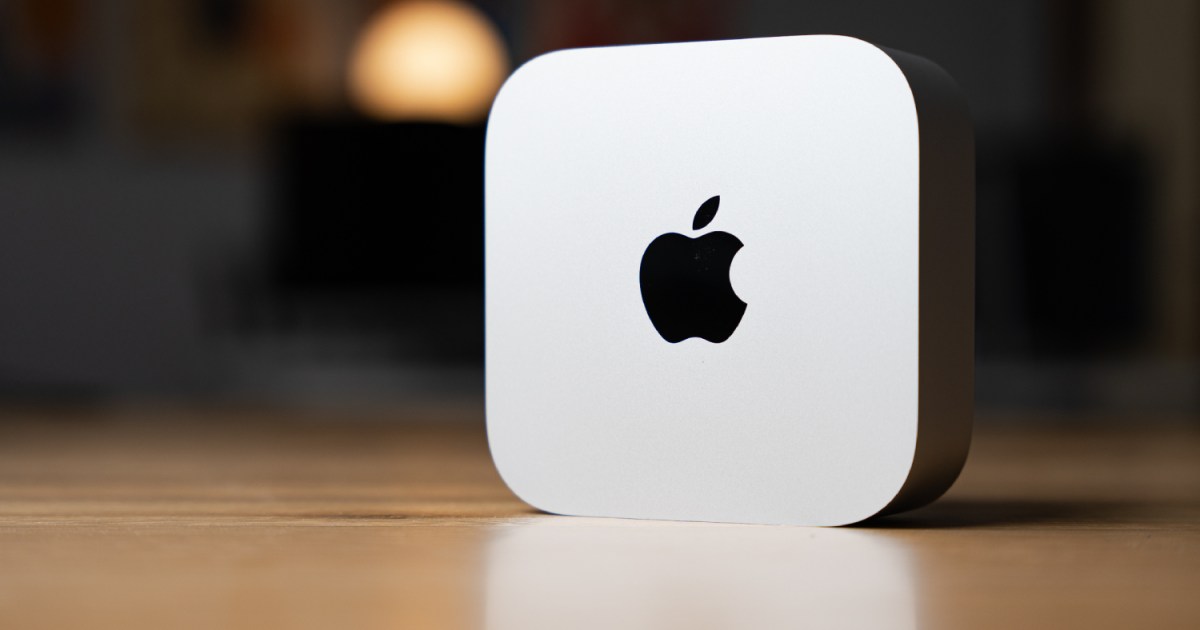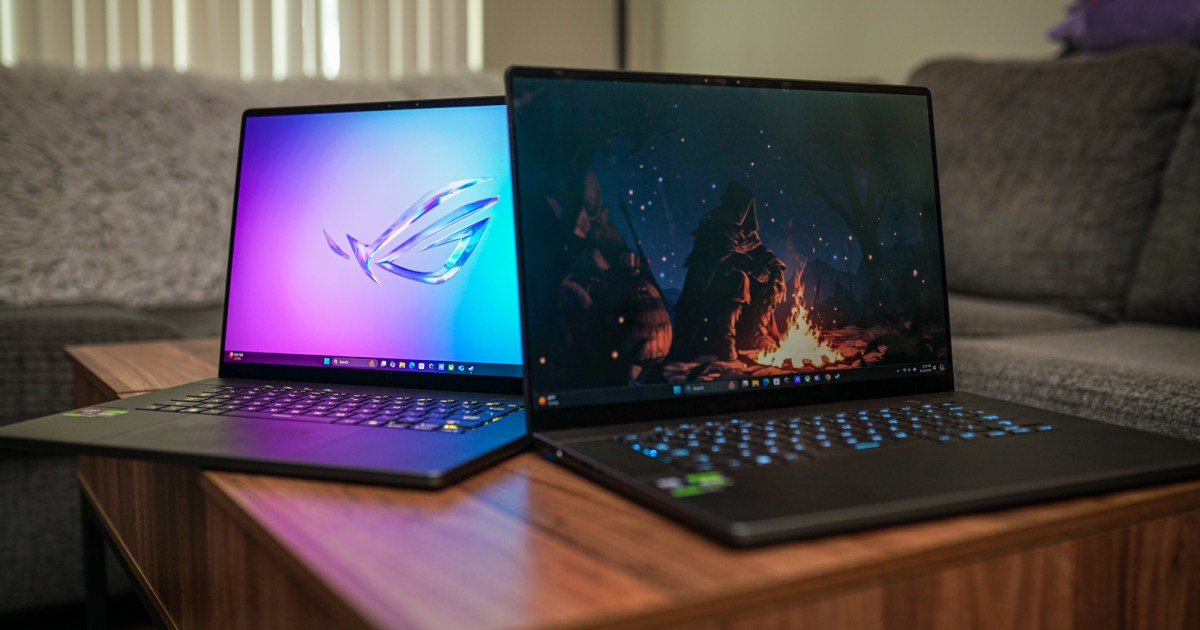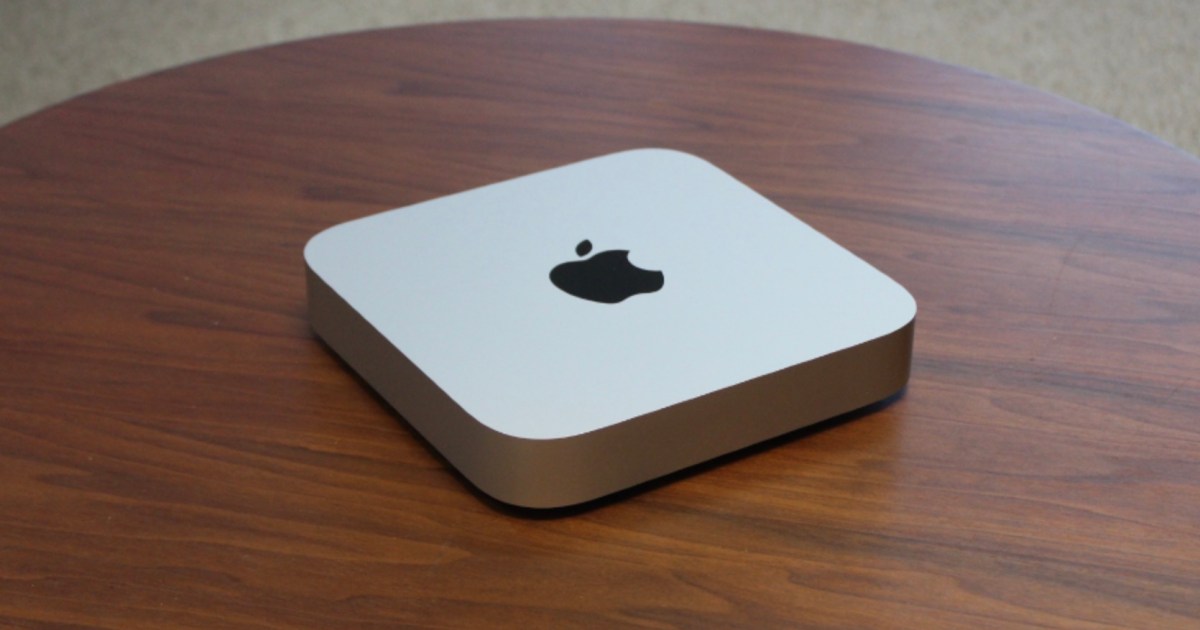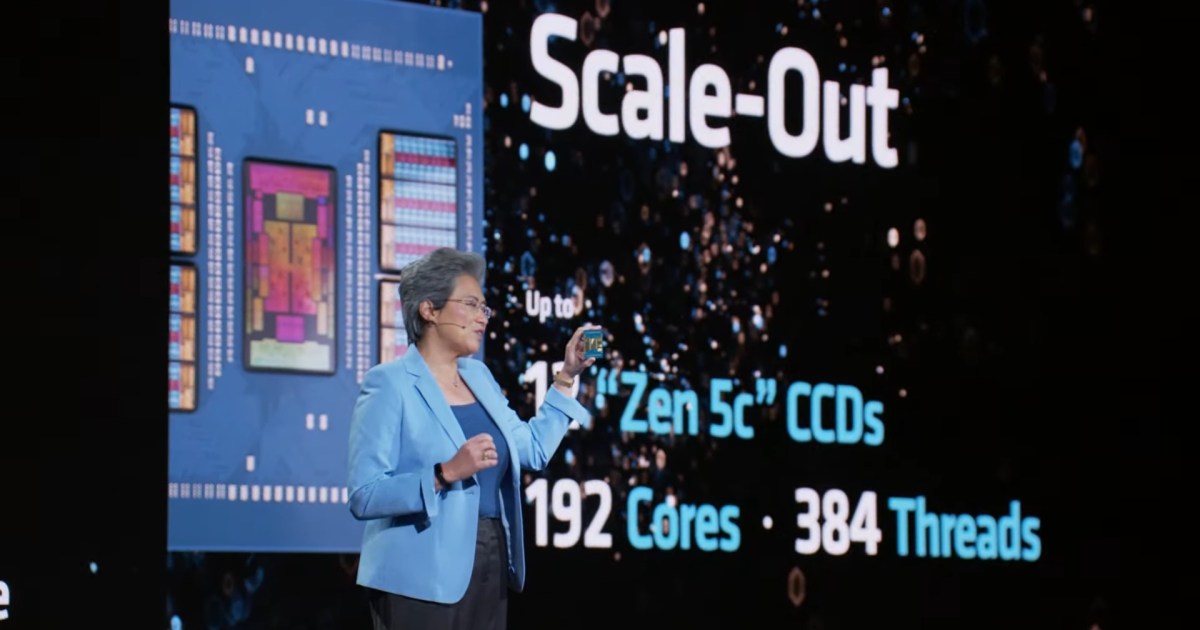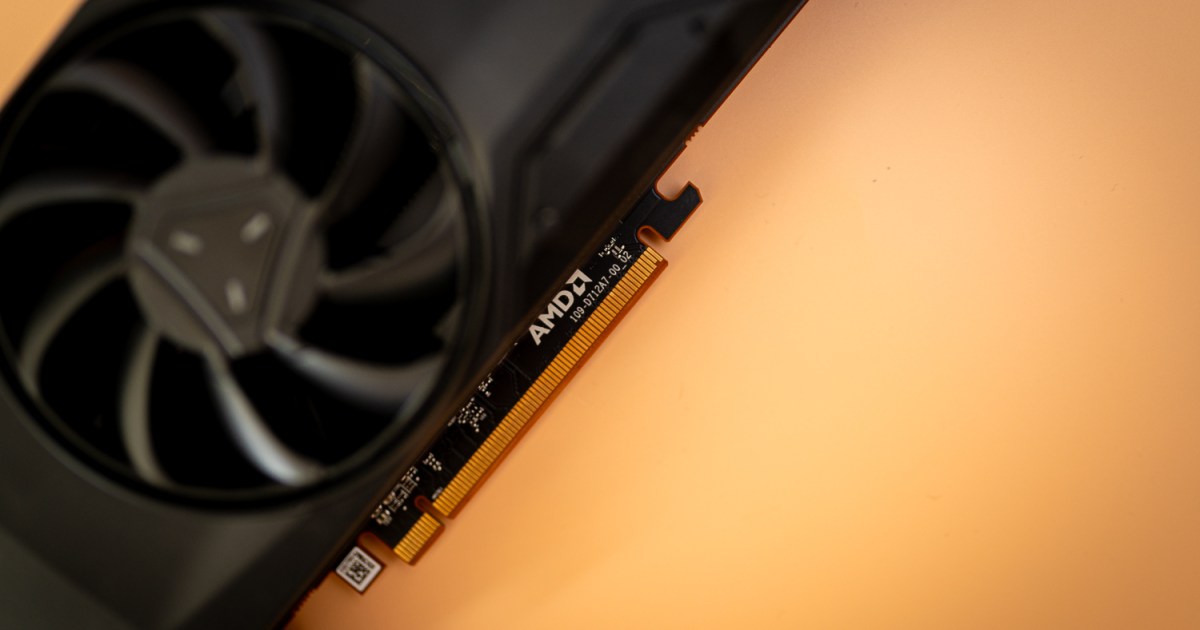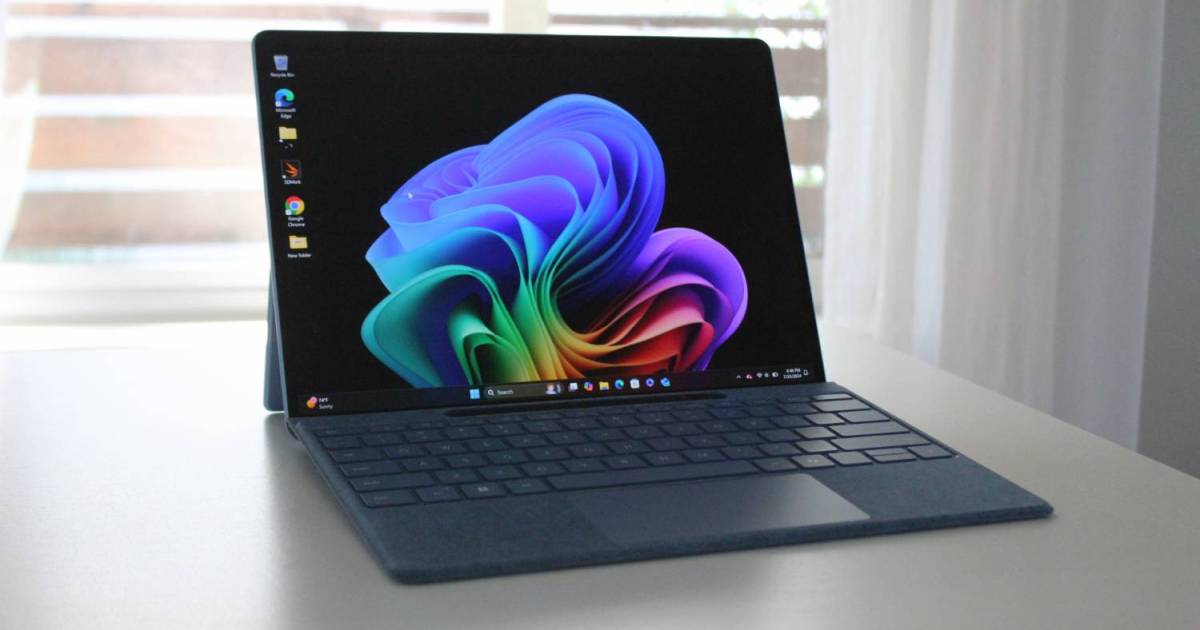The arrival of the M4 chip, alongside the M4 Pro and M4 Max, has significantly reshaped the Mac landscape. Apple’s simultaneous RAM upgrades for the Mac mini and MacBook Pro further enhance these new models. However, these advancements leave two particular Macs looking less appealing, and until they receive updates, they are best avoided.
Mac Studio (M2 Ultra): Outpaced by the Mac mini
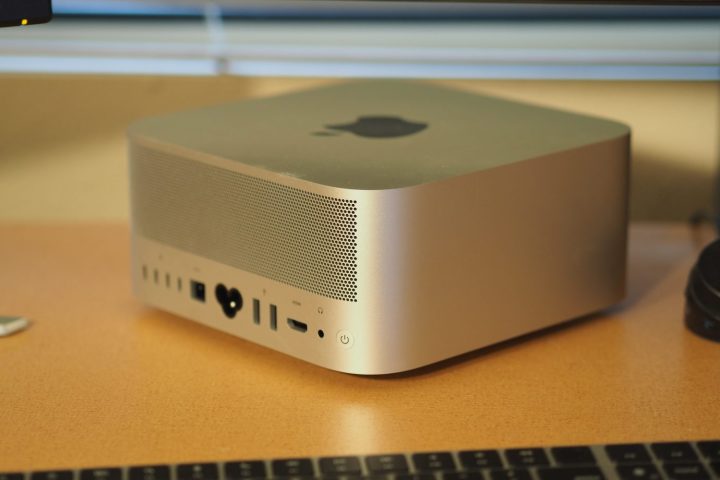 alt text: An angled top-down view of the Apple Mac Studio, showcasing its side and rear ports.
alt text: An angled top-down view of the Apple Mac Studio, showcasing its side and rear ports.
The M4 Pro Mac mini delivers astonishing performance for its compact size, especially considering the significant leap from the M2 generation (skipping the M3 entirely). This performance jump makes the current Mac Studio a questionable purchase. Benchmark results reveal the M4 Pro Mac mini closely rivals, and in some cases surpasses, the M2 Ultra Mac Studio, despite having considerably fewer cores. The GPU performance difference is particularly striking, with the 20-core Mac mini outperforming the 40-core Mac Studio in the Cinebench R24 GPU test, highlighting the rapid advancements in Apple’s graphics technology.
While the $4,000 M2 Ultra Mac Studio might offer slightly better sustained performance due to superior thermal management, it comes at double the cost and size of the Mac mini. Even the $2,000 M2 Max Mac Studio configuration pales in comparison to a similarly priced M4 Pro Mac mini with more memory. The Mac mini also boasts a smaller footprint and potentially even user-upgradable storage.
While a future M4 Ultra Mac Studio is anticipated to be a powerhouse, for now, the M4 Pro Mac mini is the more sensible choice. If ultimate performance is a must, waiting for the updated Mac Studio is recommended.
15-inch MacBook Air (M3): Overshadowed by the 14-inch MacBook Pro
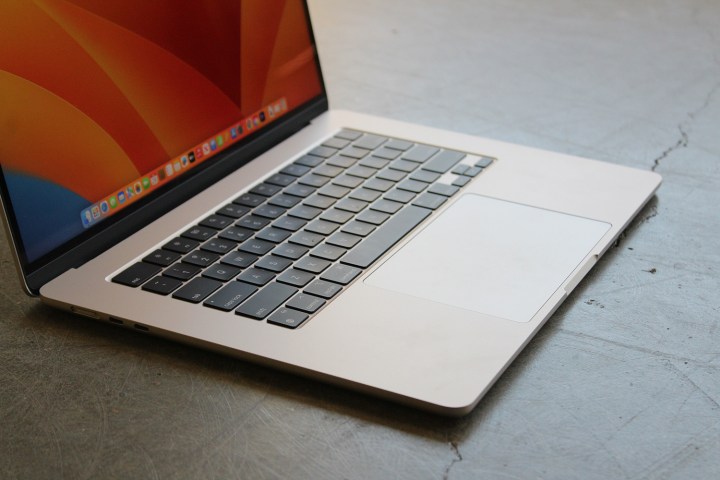 alt text: A close-up view of the keyboard and trackpad on a 15-inch Apple MacBook Air.
alt text: A close-up view of the keyboard and trackpad on a 15-inch Apple MacBook Air.
Choosing between the 15-inch MacBook Air and the 14-inch MacBook Pro has always been a challenge. The latest M4 updates make the MacBook Pro the clear winner. The 15-inch MacBook Air, starting at $1,299, offers the M3 chip, 16GB of RAM, and 256GB of storage. While the upgrade to 16GB of RAM is welcome, the M4 14-inch MacBook Pro presents a far more compelling package.
The 14-inch MacBook Pro now starts at $1,599 with the M4 chip, 16GB of RAM, and 512GB of storage. Upgrading the MacBook Air to match the Pro’s storage brings its price to $1,499. For an extra $100, the MacBook Pro offers significantly better performance, a superior display, more ports, and a vastly improved webcam.
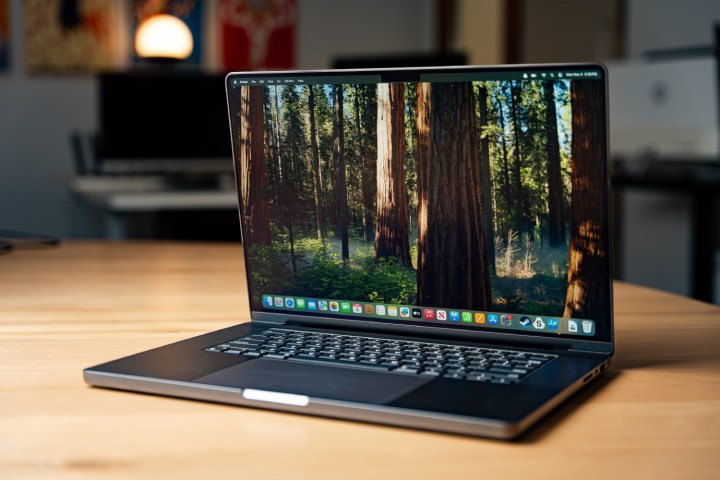 alt text: An Apple MacBook Pro 16-inch placed on a table in a brightly lit environment.
alt text: An Apple MacBook Pro 16-inch placed on a table in a brightly lit environment.
Currently, only two factors might justify purchasing the 15-inch M3 MacBook Air. First, its lower $1,299 starting price with 256GB of storage remains attractive for budget-conscious buyers. Second, the 15-inch MacBook Air is undeniably lighter and thinner than the MacBook Pro, measuring just 0.43 inches thick and weighing 3.3 pounds, compared to the Pro’s 0.61-inch thickness. However, for ultimate portability, the smaller and more affordable 13-inch MacBook Air is the better option.
The most compelling reason to hold off on the M3 MacBook Air is the imminent arrival of an M4 update, potentially within months. This upgrade could also bring other improvements. Therefore, the best course of action is to either purchase the M4 MacBook Pro or wait for the updated M4 MacBook Air.



